Fishing NM cable for undercabinet lights
jacob-md
11 years ago
Related Stories

LIGHTINGWhat to Know About Switching to LED Lightbulbs
If you’ve been thinking about changing over to LEDs but aren't sure how to do it and which to buy, this story is for you
Full Story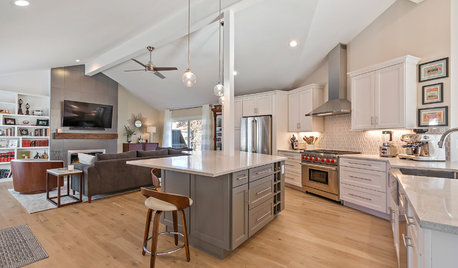
INSIDE HOUZZBaby Boomers Address Aging Needs in Kitchen Remodels
Their choices include open-plan designs and robust lighting systems, the 2019 U.S. Houzz Kitchen Trends Study finds
Full Story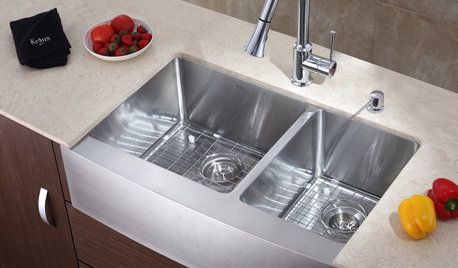
MOST POPULAR8 Little Remodeling Touches That Make a Big Difference
Make your life easier while making your home nicer, with these design details you'll really appreciate
Full Story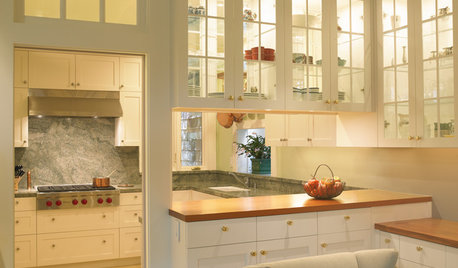
KITCHEN DESIGNHave Your Open Kitchen and Close It Off Too
Get the best of both worlds with a kitchen that can hide or be in plain sight, thanks to doors, curtains and savvy design
Full Story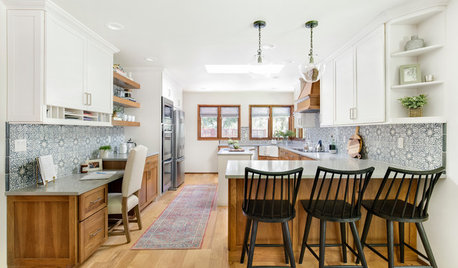
KITCHEN DESIGN6 Elements of an Effective Kitchen Office
Create a successful mini workspace with these features in mind
Full Story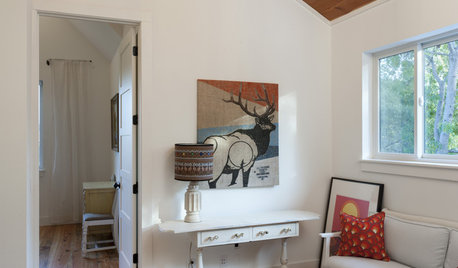
MOST POPULARThree Magic Words for a Clean Home and a Better Life
Not a natural tidying and organizing whiz? Take hope in one short phrase that can change your life forever
Full StoryMore Discussions








av8r
doug_gb
Related Professionals
Three Lakes General Contractors · Murraysville General Contractors · Champaign General Contractors · Coffeyville General Contractors · Fargo General Contractors · Prichard General Contractors · Saint George General Contractors · Shaker Heights General Contractors · Williamstown General Contractors · Cheshire Solar Energy Systems · Torrington Solar Energy Systems · Alum Rock Solar Energy Systems · Goldenrod Home Automation & Home Media · Lehi Home Automation & Home Media · Town 'n' Country Home Automation & Home Mediabrickeyee
jacob-mdOriginal Author
brickeyee
alan_s_thefirst